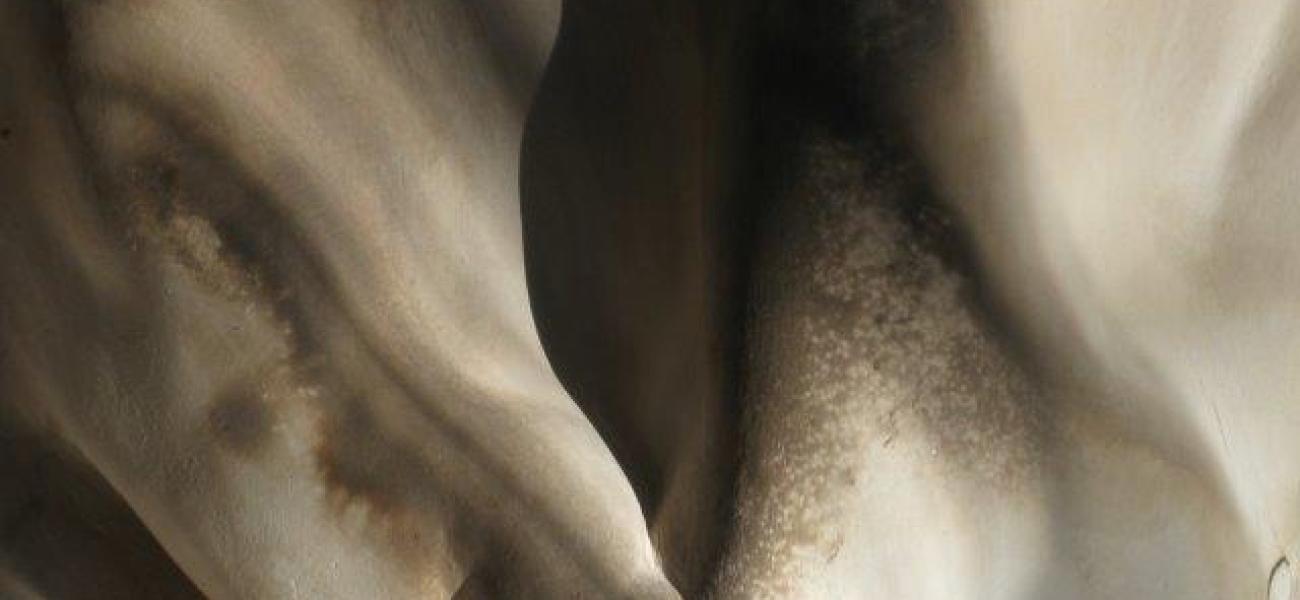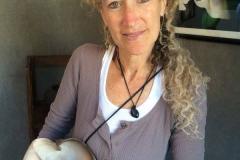When it comes to building structures, the rules are black-and-white about what stands and what falls down—that’s just physics, which is the foundation of architecture. But the rules become gray when it comes to defining the architecture of my “ceramic” landscapes. There are no ground rules for constructing in this unusual terrain that I stumbled into.
As a ceramic artist involved with making organically shaped and primitively fired porcelain vessels, I was focused solely on the finished ceramic pieces until, through photographing my work, I discovered an interplay between clay and sunlight. This eureka moment opened my eyes to a new way of seeing.
By exposing my hand-built vessels to natural light, I unlocked the door to a microcosm that had long been dormant. Taking my three-dimensional art into a two-dimensional medium by deconstructing my vessels into an abstract format became new creative work for me.
My photographic process simply involved carefully placing selected pieces (in stages from greenware to bisqueware to smoke-fired ware) in the sunlight that came through the windows of my home. I then carefully “sketched” with my camera by playing with the light and shadow on the piece, taking picture after picture until the right image came into focus.
The resulting un-manipulated images did not have a focal point yet evoked a sense of familiarity in the way that they appeared as landscapes. Although I don’t intend for my work to have a trompe l'œil effect, my two-dimensional imagery does confuse the viewer into believing the scenes are captured from the natural world, not a contrived one. The ambiguous content of the images also allows them to be a viewed either vertically or horizontally, which creates a Rorschach effect.
I create my raw clay and fired ceramic vessels using an untraditional architectural framework (no load-bearing walls), and they have provided me a new architectural awareness through their confluence with light. The moment clay, light, and photography merge, something new takes shape. That “something” is a ceramic landscape—the architecture within my work.
After several years of using the camera as a tool, creating a two-dimensional clay landscape has become as much a natural component of my work as the clay itself. There is no end to the imagery I’m able to produce because each new piece exposes another, different miniature world and reshapes how I see my art.
Anais Nin said, “We don’t see things as they are, we see them as we are.” My photography calls upon its viewer to see their own architecture in the ceramic landscape.


